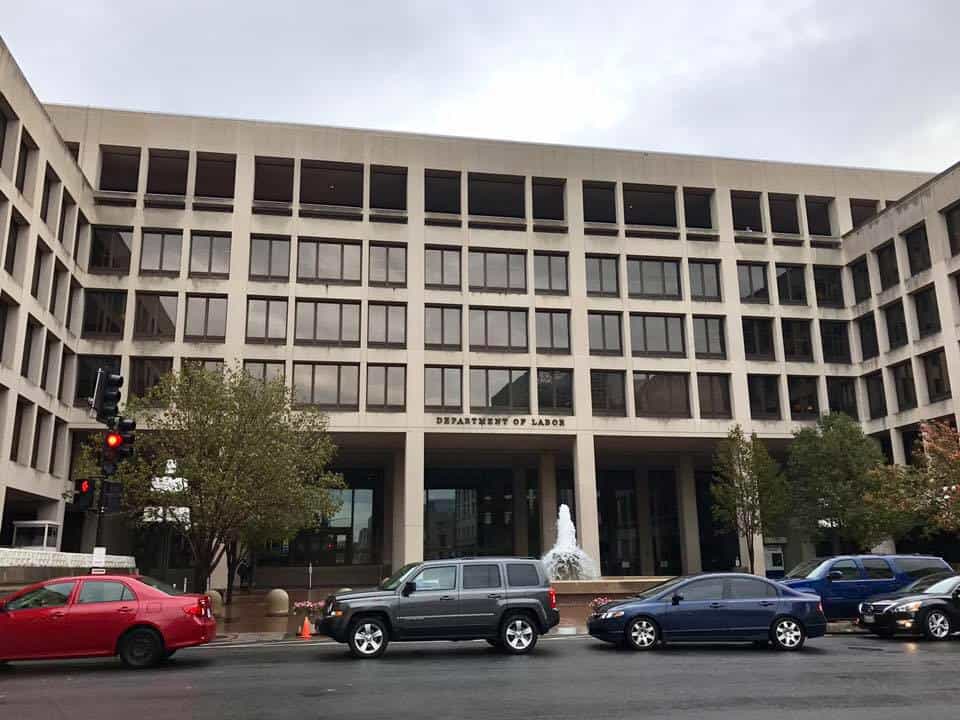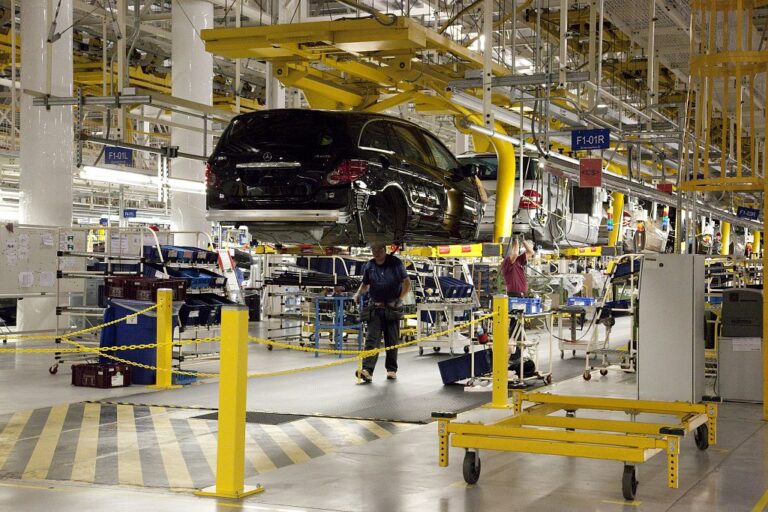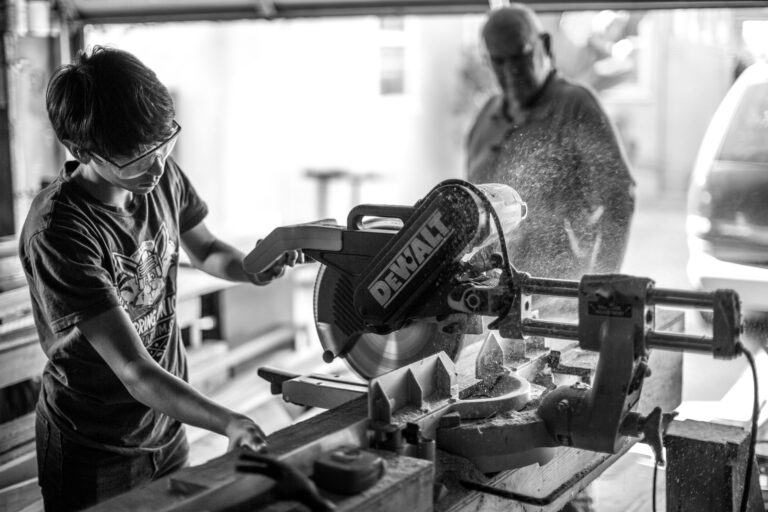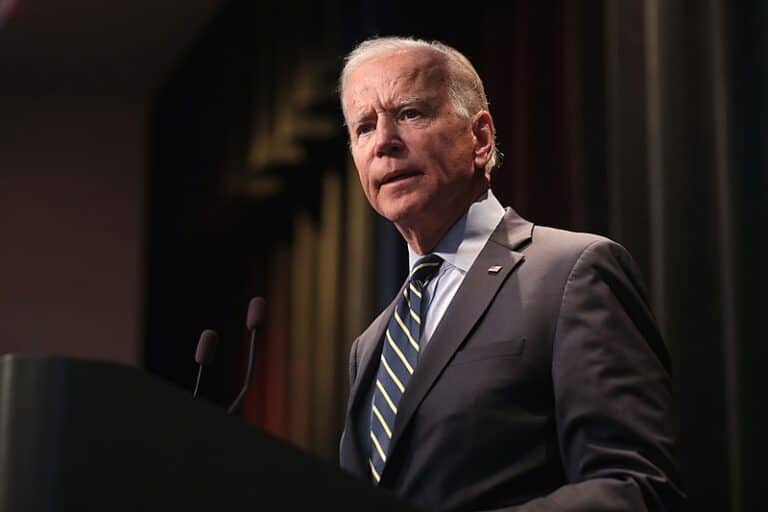Monica Wilk is a student at Harvard Law School.
The Department of Labor is currently investigating several worker centers to determine whether they constitute “labor organizations” under the Labor-Management Reporting and Disclosure Act (LMRDA). Earlier this year, Reps Virginia Foxx (R-N.C.) (chairwoman of the Committee on Education and the Workforce) and Tim Walberg (R-Mich.) (chairman of the Subcommittee on Health, Employment, Labor, and Pensions) sent a letter to Secretary of Labor Alex Acosta requesting increased oversight of worker centers. DOL disclosed the ongoing investigations in an unpublished response sent last month, stating that the agency plans to open an investigation whenever it “receives a complaint or some other credible indication that an organization is acting as a labor organization.”
Worker centers are non-profit organizations that support low-wage workers, often in industries precluded from unionizing under the NLRA. Although programming and infrastructure largely depends on the needs of the community, centers generally address a wide range of social and economic issues through a combination of service delivery, advocacy, and organizing (more detail in Janice Fine’s article here). While these organizations typically have small memberships and limited resources, worker centers play an increasingly important and influential role in the labor movement as union density declines.
But this could change if DOL burdens worker centers with regulations intended for larger, more bureaucratic, and better-resourced organizations. While DOL declined to adopt a “blanket rule” for classifying worker centers, Secretary Acosta likely intends to subject the organizations under investigation to closer scrutiny than previous administrations. The LMRDA imposes unusually extensive obligations on unions and other “labor organizations,” defined as any entity that exists “for the purpose, in whole or in part, of dealing with employers concerning . . . terms or conditions of employment.” Any worker center found to be a “labor organization” would be required to maintain detailed public financial disclosures and adopt an internal system of organizational democracy, including a Constitution and by-laws that establish election procedures for officers. These requirements are intended to ensure transparency and democratic accountability, which business interest groups and their Republican allies often claim worker centers are lacking. In a report released last week, the Chamber of Commerce argues that many worker centers “have assumed roles akin to those of a traditional labor organization, and as such should be accountable to the workers they claim to represent under the laws Congress passed to establish such accountability.”
OnLabor has previously addressed why worker centers fail to qualify as “labor organizations” under the LMRDA as a matter of both law and policy here, as well as potential tax implications here. But should we be concerned about the democratic accountability of worker centers? Because many members can’t afford membership dues, the vast majority of centers rely on funding from unions and philanthropy. This creates occasionally uncomfortable points of leverage outside their constituency. Last month, New York Governor Andrew Cuomo pressured labor leaders to defund organizations within the Working Families Party that support his rival for reelection, Cynthia Nixon, reportedly saying, “If unions or anyone give money to any of these groups, they can lose my number.”
Yet worker centers have no history of corruption—in fact, the Working Families Party officially endorsed Nixon the next day. And while external influence may be a legitimate concern, the LMRDA doesn’t solve the problem. Worker centers would need to divert a significant amount of their already-scarce funds to administrative functions to comply with the LMRDA’s disclosure obligations, merely exacerbating their reliance on outside income.
Even more importantly, the Act’s internal governance requirements would impose a problematic formalism on worker centers. The electoral procedures and formalized infrastructure enforced under the LMRDA are based on the premise that the aggregation of individual interests through a system of formally fair transactions constitutes democratic process. By relying on procedural design for democratic legitimacy, the LMRDA’s system of organizational democracy is highly bureaucratic, effectively requiring an administrative staff to develop and manage internal processes. As Matthew Dimick’s study of union governance indicates, bureaucracy undermines internal democracy by shifting the organization’s focus from catalyzing worker organizing to maintaining a professionalized system of governance. This in turn centralizes power in the organization itself, rather than empowering workers vis-à-vis the organization.
Rather than formally aggregating individual interests, worker centers pursue a holistic, collectively generated public interest using a model of participatory democracy that aims to activate collective action and empower workers’ political agency. With lean staff and limited resources, worker centers succeed only when the community mobilizes to support their agenda. Further, centers serve communities whose interests are largely disregarded by existing structures of power, with the majority supporting immigrant workers, many of whom are often undocumented and therefore disenfranchised. In addition to occupation and class, the experiences of these workers are shaped by their overlapping identities, including race, immigration status, and gender. Rather than bargaining directly with employers, worker centers adopt an intersectional approach to worker empowerment, seeking to expand the social, political, and economic influence of low-wage workers. In this way, worker centers fill in the democratic deficits that often characterize both the political system and the mainstream labor movement.
By supporting the collective empowerment of workers marginalized by formal institutions, centers actually democratize the labor movement and the political system by forcing decisionmakers to account for workers often erased from mainstream policymaking. Worker centers exist not to “deal with employers” but to support workers’ own capacity to influence the decisions that affect their lives. They are less like labor organizations and more like civil society organizations, seeking to activate workers’ political agency beyond the “terms and conditions of employment” by negotiating the structural conditions that enable and empower workers to hold decisionmakers accountable.
For this reason, it’s important to situate escalating efforts to legally reclassify worker centers within the larger attack on American democracy by organized wealth. Last week, the Subcommittee on Health, Employment, Labor, and Pensions, chaired by Rep. Wahlberg, held a hearing on the need to “modernize” labor law to regulate labor organizations more stringently. Now aware that DOL plans to investigate worker centers on a case-by-case basis, Wahlberg indicated in his opening statement that the subcommittee is considering “updates” to the LMRDA to mandate widespread compliance. Far from ensuring “transparency and accountability”—arguments that not-so-incidentally echo the defense of voter ID laws—such reforms would enact barriers to civic engagement designed to silence marginalized voices and diffuse the collective power of low-wage workers. In an era of widespread economic domination, the assault on worker centers should be alarming to anyone who cares about a healthy, inclusive democracy.










Daily News & Commentary
Start your day with our roundup of the latest labor developments. See all
July 11
Regional director orders election without Board quorum; 9th Circuit pauses injunction on Executive Order; Driverless car legislation in Massachusetts
July 10
Wisconsin Supreme Court holds UW Health nurses are not covered by Wisconsin’s Labor Peace Act; a district judge denies the request to stay an injunction pending appeal; the NFLPA appeals an arbitration decision.
July 9
In Today’s News and Commentary, the Supreme Court green-lights mass firings of federal workers, the Agricultural Secretary suggests Medicaid recipients can replace deported farm workers, and DHS ends Temporary Protected Status for Hondurans and Nicaraguans. In an 8-1 emergency docket decision released yesterday afternoon, the Supreme Court lifted an injunction by U.S. District Judge Susan […]
July 8
In today’s news and commentary, Apple wins at the Fifth Circuit against the NLRB, Florida enacts a noncompete-friendly law, and complications with the No Tax on Tips in the Big Beautiful Bill. Apple won an appeal overturning a National Labor Relations Board (NLRB) decision that the company violated labor law by coercively questioning an employee […]
July 7
LA economy deals with fallout from ICE raids; a new appeal challenges the NCAA antitrust settlement; and the EPA places dissenting employees on leave.
July 6
Municipal workers in Philadelphia continue to strike; Zohran Mamdani collects union endorsements; UFCW grocery workers in California and Colorado reach tentative agreements.